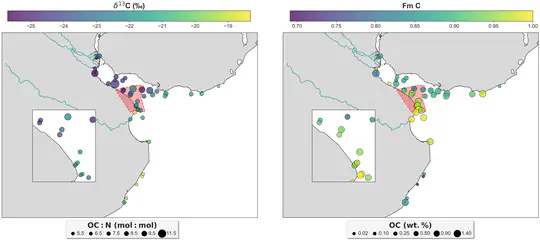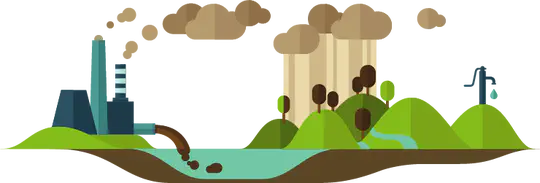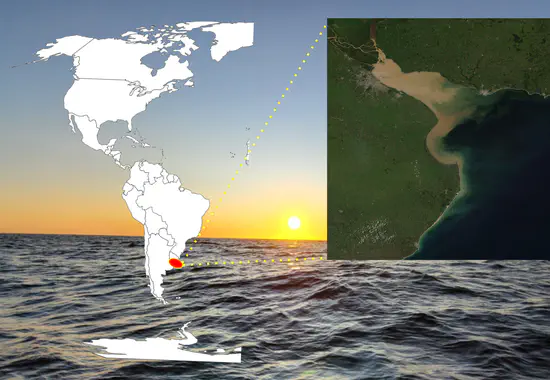Overview
The functioning of ocean ecosystems, and the Earth system at large, relies upon the complex biogeochemical cycling of dissolved organic and inorganic chemical species (e.g., phosphate, Fe, organic carbon), solids (e.g., plankton biomass, atmospheric dust, clay minerals) and colloids (e.g., polymetallic oxides, humic substances) in ocean waters and at the land ocean interfaces. For instance, trace elements (TEs), despite their low concentration in seawater, are key micronutrients (e.g., Fe, Mn, Zn) for aquatic primary producers, playing a key role in coastal and oceanic productivity and the carbon cycle. Likewise, organic carbon (OC) is an essential building block biomolecule and energy source for life on Earth, while in its oxidized state (carbon dioxide) it has profound implications on the global climate. Moreover, the study of OC and TEs (e.g. Pb, Al, Ga) lends important information of various biogeochemical processes in coastal and ocean waters, aiding to understand circulation patterns, internal cycling, anthropogenic impacts, etc.

Given their importance, in “Biogeochemistry Across Boundaries” (B.A.B.) Lab we aim to study the processes influencing the cycling of OC, nitrogen, lipid biomarkers and TEs in rivers, estuaries and marine environments, focusing on their interconnectedness. We do so by working across disciplinary (i.e., from TEs to OC geochemistry) and spatial (i.e., from land to ocean) boundaries, and integrating multiple environmental matrices (e.g., dissolved and particulate phases, sediments). The processes modulating the biogeochemistry of OC and TEs are deeply interlinked, from their sources and sinks (e.g., river outflow, primary production, remineralization of sinking particles, sediment resuspension, anthropogenic inputs) to the internal cycling controlling their distributions. However, the extent and significance of these processes vary along the land to ocean continuum, imposing challenges that have to be addressed with a cross disciplinary approach.

Research Themes
The research developed at B.A.B. Lab has a strong cross disciplinary focus, combining knowledge and techniques from trace elements (TEs) and organic carbon (OC) geochemistry, and a process-oriented approach.
Understanding from small to large scale processes controlling the distribution and cycling of trace elements (TEs) and organic carbon (OC) in coastal environments and the open ocean is a primary endeavor of the geoscience community. This require a wide array of integrated knowledge, spanning from geochemistry, biology / microbiology and modelling, to unravel the complexity of freshwater, coastal and marine environments.
River systems and estuaries along with continental margins are a central component of the Earth’s OC and TE cycles by integrating multiple reservoirs and acting as source and/or sink terms. As such, in the B.A.B Lab we study from gauging the magnitude and processes governing the supply of TEs from rivers and continental shelf (especially bioactive TEs), to the complex processes that control OC cycling and transport along the river-ocean mixing endmembers.
Human activities are a key source of pollutants to freshwater systems and the coastal environment, as well as, some chemicals have deleterious effects on human health. Throughout collaborative work with excellent colleagues, we work on multiple projects spanning from tracing urban-industrial effluents in rivers to pharmaceuticals in hospitals. Although it is not the primary research focus in the B.A.B. Lab, we aim to develop it further in the coming years!





